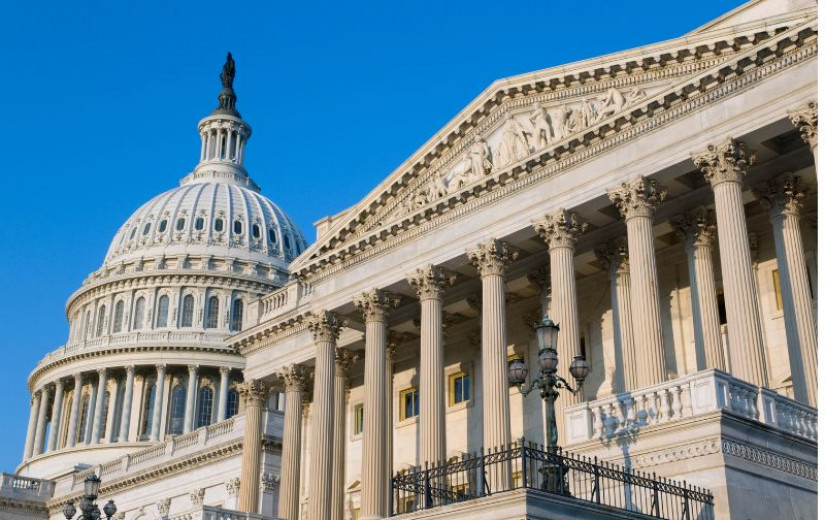
(TheDailyCurrents.com) – Every debt that you have isn’t necessarily bad. Certain debts can help you build wealth, while others may negatively impact your finances. Therefore, since debts can have negative or positive consequences, they’re considered good or bad. Knowing the difference between these two types of debts and how to handle them can help you effectively manage them. Here’s what you should know about good and bad debt.
What is a Good Debt?
Any loan that increases your future value is a good debt. Any debt acquired as an investment is also considered good debt. For instance, anything you buy through a loan that would increase in value is regarded as good debt.
Please note that part of what makes a good debt is its management. Therefore, even though you may take a loan to buy something or invest in something that may increase in value, you should be able to pay the loan back on time to be considered good debt. If you’re incapable of repaying the debt in time, this may result in repossession of the property you’ve invested in or affect your credit score, making it a bad debt.
Examples of good debt include small-business loans, mortgages, and student loans. Personal loans can also be considered good debt if acquired at a low-interest rate and need no collateral. Credit card loans can also be a good debt when used responsibly since they can help you build credit and allow you to borrow more money for future investment.
What is a Bad Debt?
A bad debt is any loan you take and loses value once you take ownership. A loan can also be a bad debt if used to finance consumables, is difficult to repay, and doesn’t have long-term benefits. This includes debts with unfavorable repayment terms and high-interest rates.
A good example of bad debt is a payday loan. These loans are usually high-interest, short-term loans exempted from credit checks. Credit card debts can also be bad when used to purchase everyday items like food or clothes spontaneously without planning whether you can pay off the loan on the due date.
How to Leverage Good Debt to Build Your Wealth
You can consider several steps to leverage good debt to create wealth. This includes:
Debt Consolidation
Paying off multiple high-interest loans like personal and credit card loans can be devastating. Therefore, you can take a higher mortgage and use the extra funds to repay these loans since they offer lower interests and a longer repayment period and increase your future value.
Using Savings to Offset Mortgage
If you have a savings account, you can use it to offset some of your mortgages to reduce the terms of your home loan. This will help you free your funds to cater for any high-interest loan you may be servicing or probably pay it off.
Borrow to Invest in High-Return Investments
It’s safe to borrow if you intend to invest in a high-return investment. You can start up small with properties and shares and use the income made to pay off your debt. Investing in a property allows you to borrow against its equity, take a margin loan, and invest in a managed share fund to maximize your returns.
How to Avoid or Minimize Bad Debt
If you’re dealing with bad debts, you must learn to avoid or minimize them to improve your financial situation. Some of the measures you can take include the following:
- Building an emergency fund that can cater to up to six months of essential expenses
- Setting up a budget or a spending plan
- Automating your savings to create a saving routine and have enough capital to cater to your needs.
- Limit your borrowing to what you need.
- Always pay your credit bills in full each month.
All these strategies narrow down to having a plan and sticking to it. Limiting your spending on what you’ve planned will help you avoid your bad debts and help you achieve your financial goals.
Copyright 2023, TheDailyCurrents.com









